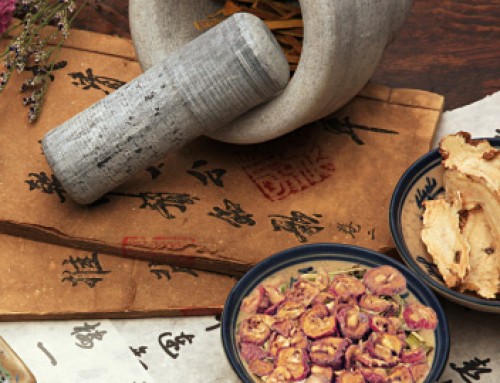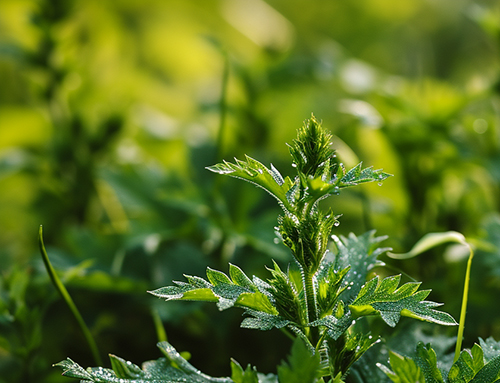綠萼梅
Mume flower (Lu e mei)
Pharmaceutical Name: Flos Mume
Botanical Name: Prumus mume (Sieb.) Zieb. et Zucc.
Common Name: Mume flower, Japanese apricot flower
Source of Earliest Record: Bencao Gangmu
Part Used: The flowers or flower buds are gathered in January or February and dried in the sun or baked.
Natural Properties & Taste: Sour, astringent and neutral
Meridians: Liver and stomach
Therapeutic Effects:
1. To promote the free flow of qi in the liver and reduce stagnation.
2. To regulate qi and harmonize the stomach.
Indications:
1. Qi stagnation in the liver and stomach manifested as distension and pain in the hypochondriac regions, belching and epigastric pain. Mume flower (Lu e mei) is used with Bupleurum root (Chaihu), Cyperus tuber (Xiangfu), Green tangerine peel (Qingpi) and Costus root (Muxiang).
2. Phlegm and qi stagnated in the throat (globus hystericus) manifested as the sensation of a foreign body in the throat. Mume flower (Lu e mei) is used with Trichosanthes peel (Gualoupi), Tangerine peel (Chenpi), Mulberry bark (Sangbaipi), Albizia bark (Hehuanpi) and Perilla leaf (Zisuye).
Dosage: 3-6 g






